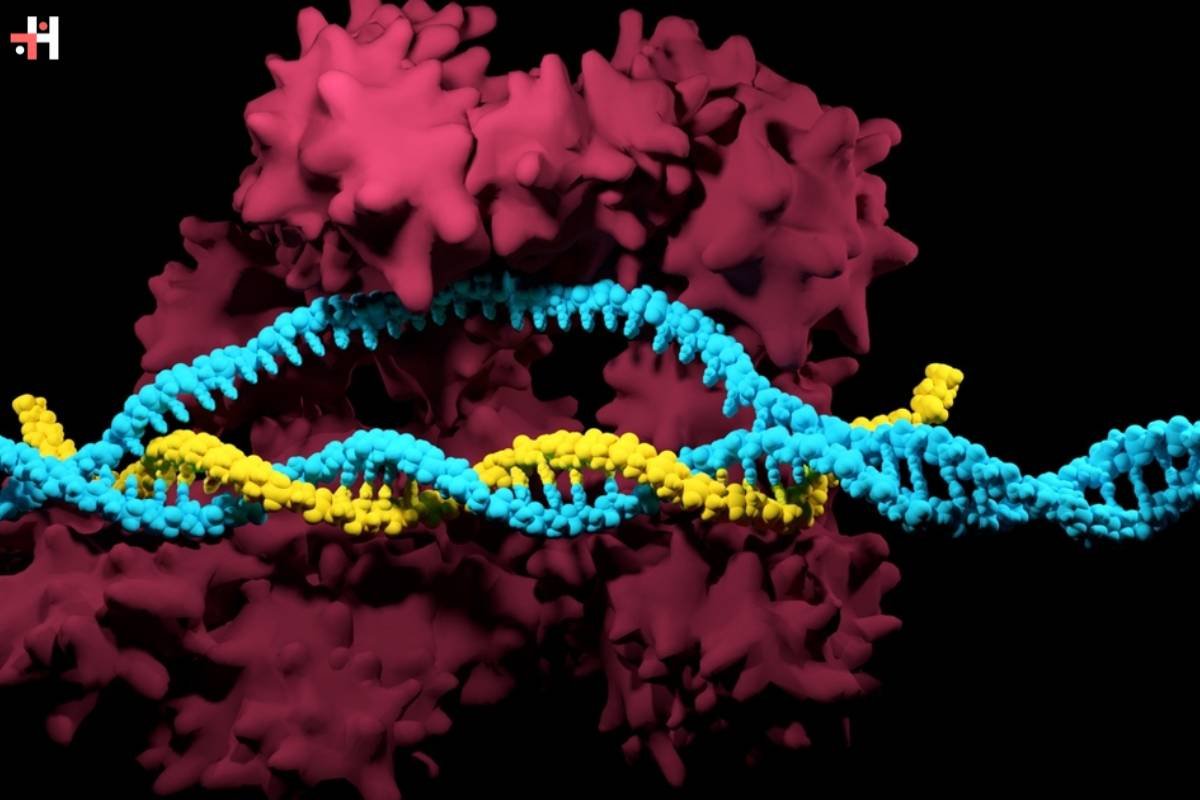In modern medicine, a revolutionary approach is gaining prominence, promising transformative healing and restoration of damaged tissues. This groundbreaking methodology, known as regenerative medicine, is fueled by the extraordinary potential of stem cell therapy. Let’s embark on a journey into the heart of regen medicine, exploring its principles, applications, and the profound impact it holds for the future of healthcare.
Understanding the Essence of Regenerative Medicine
At its core, regenerative med is a cutting-edge field focused on harnessing the body’s innate ability to heal itself. Unlike traditional medical approaches that primarily address symptoms, regenerative med seeks to repair and replace damaged tissues, aiming for a complete restoration of function. At the forefront of this therapeutic revolution is stem cell therapy.
The Remarkable World of Stem Cells
Stem cells are the unsung heroes of regenerative medicine. These unique cells possess the remarkable ability to differentiate into various specialized cell types, offering the potential to regenerate tissues and organs. The versatility of stem cells makes them a critical player in the regenerative med playbook.
Types of Stem Cells and Their Applications
There are two primary types of stem cells: embryonic stem cells and adult stem cells. Embryonic stem cells, derived from embryos, have the capacity to become any cell type in the human body. On the other hand, adult stem cells, found in various tissues, are more specialized but still hold significant regenerative potential.
The applications of stem cell therapy are diverse and promising. From repairing damaged heart tissue after a heart attack to regenerating nerve cells in spinal cord injuries, the potential impact spans across multiple medical disciplines. Stem cell therapy is also showing tremendous promise in treating degenerative conditions like osteoarthritis and neurodegenerative diseases such as Alzheimer’s.
The Journey of Stem Cell Therapy

The journey of stem cell therapy begins with the isolation of stem cells from a suitable source. This can be embryonic tissues, adult tissues like bone marrow or adipose tissue, or even umbilical cord blood. Once isolated, these cells are then cultivated and guided to differentiate into the specific cell types needed for the intended therapeutic purpose.
In some cases, the stem cells may be directly transplanted into the patient, homing in on the damaged area and initiating the regenerative process. Alternatively, exosomes—tiny vesicles secreted by stem cells—have emerged as powerful mediators of regeneration. These exosomes can communicate with neighboring cells, delivering signals that stimulate repair and regeneration.
Regenerative Medicine in Action: Success Stories and Breakthroughs
The success stories of regenerative medicine are nothing short of awe-inspiring. Consider cases where damaged cartilage in joints is regenerated, sparing individuals from the debilitating effects of arthritis. In cardiac medicine, stem cell therapy has shown promise in repairing damaged heart tissue, offering hope for those recovering from heart attacks.
One notable breakthrough involves the use of stem cells in treating spinal cord injuries. While the road to full recovery is often challenging, patients have reported significant improvements in motor function and sensation, marking a pivotal advancement in the quest for effective spinal cord injury treatments.
Challenges and Ethical Considerations
While the potential of regenerative medicine is immense, it comes with its share of challenges and ethical considerations. The ethical use of embryonic stem cells has been a subject of debate, with ongoing discussions about alternative sources and the development of induced pluripotent stem cells that mimic embryonic stem cells without ethical concerns.
Moreover, ensuring the safety and efficacy of stem cell therapies demands rigorous research and clinical trials. The field is still evolving, and navigating the complexities of introducing novel treatments into mainstream medicine requires meticulous attention to detail.
The Road Ahead: Future Prospects and Innovations

As regenerative medicine continues to evolve, researchers are exploring innovative avenues to enhance its effectiveness. Advances in gene editing technologies, like CRISPR-Cas9, hold the promise of precisely modifying stem cells to optimize their regenerative potential. This opens new possibilities for tailoring therapies to individual patients, maximizing efficacy and minimizing potential risks.
Another frontier in this medicine is the development of bioengineered tissues and organs. The ability to create functional, lab-grown organs could revolutionize transplantation, eliminating the need for donor organs and addressing the perennial shortage in organ availability.
Empowering the Future of Healthcare
In conclusion, regenerative medicine stands as a beacon of hope in the landscape of healthcare. The synergy of stem cell therapy and regenerative med offers unprecedented opportunities to treat and potentially cure a myriad of conditions that were once deemed incurable. From spinal cord injuries to degenerative joint diseases, the potential impact on patient outcomes is immense.
However, it’s crucial to approach these advancements with a balanced perspective, acknowledging both the incredible potential and the need for thorough research, ethical considerations, and regulatory oversight. As we venture into this new frontier of healing, the collaborative efforts of researchers, clinicians, and ethical guardians will be pivotal in ensuring that regenerative medicine realizes its full potential as a transformative force in healthcare.









